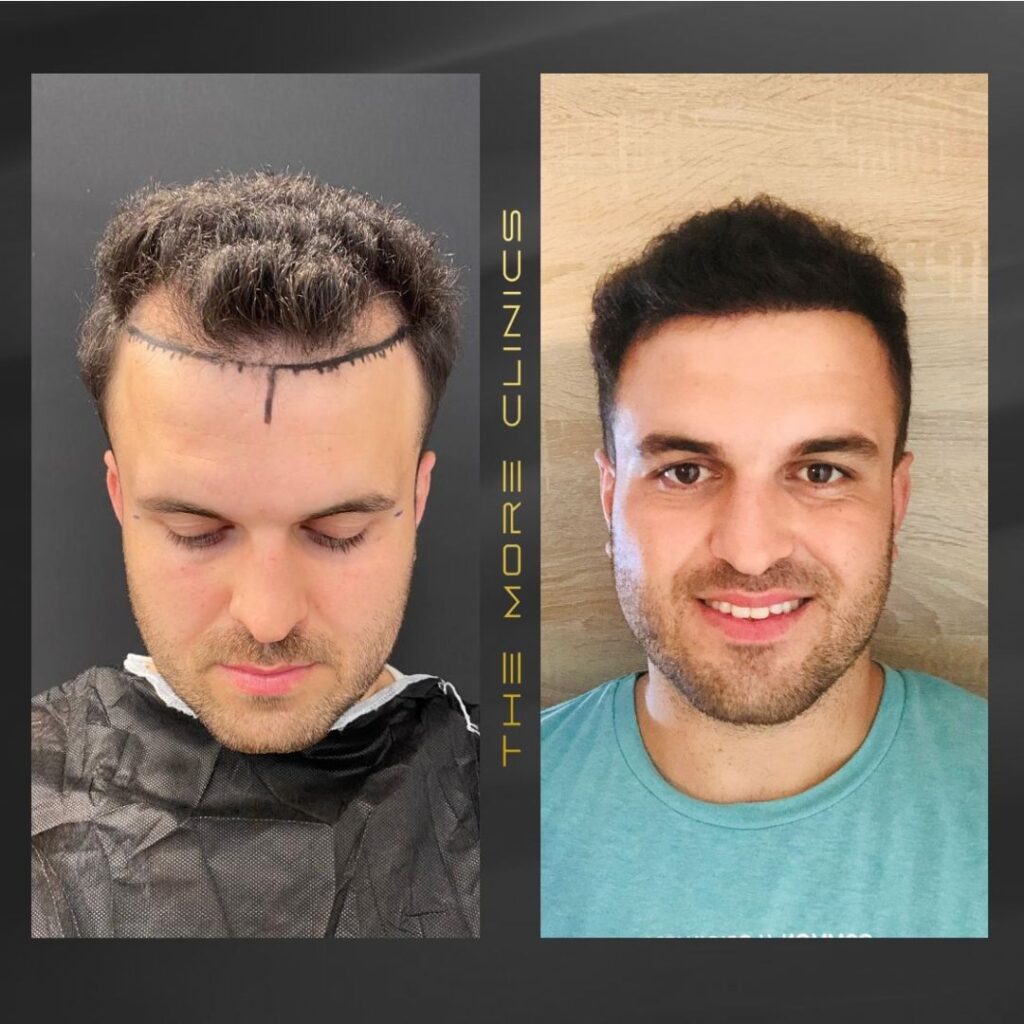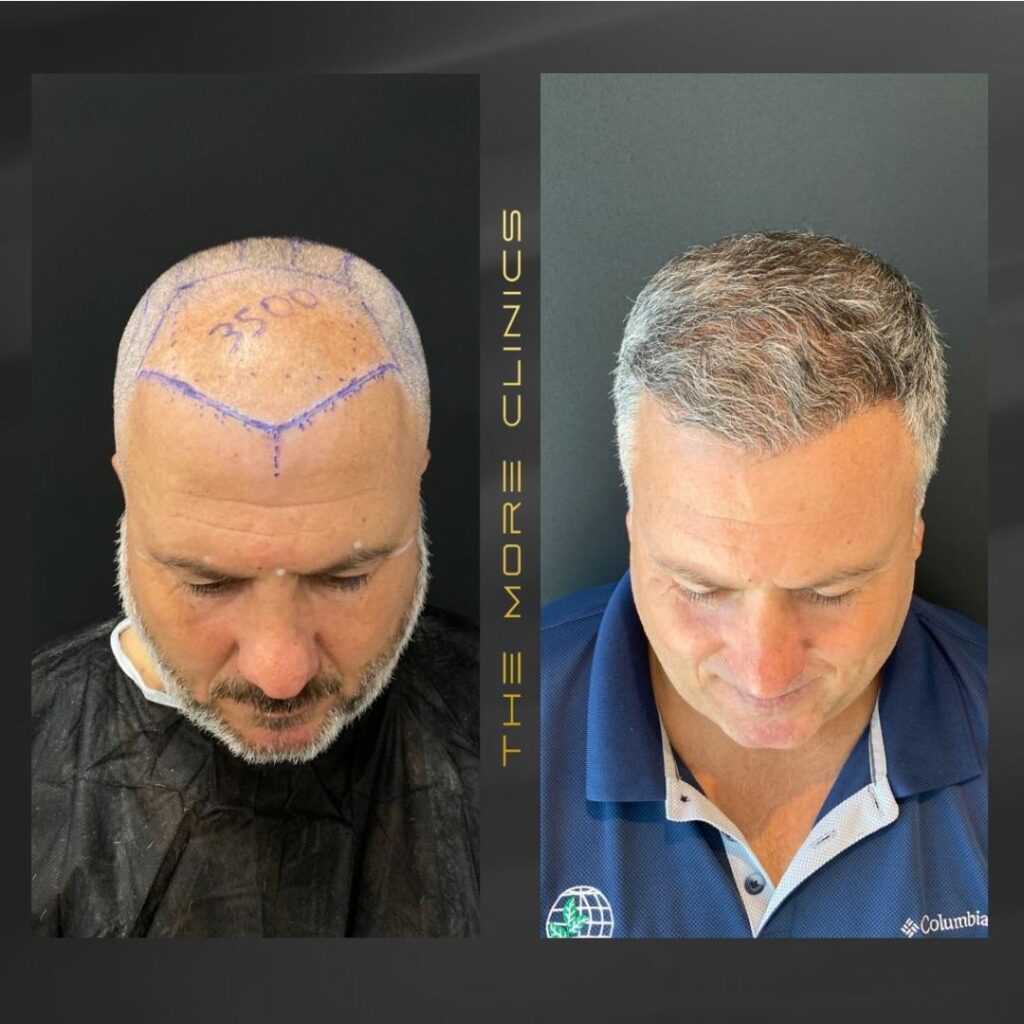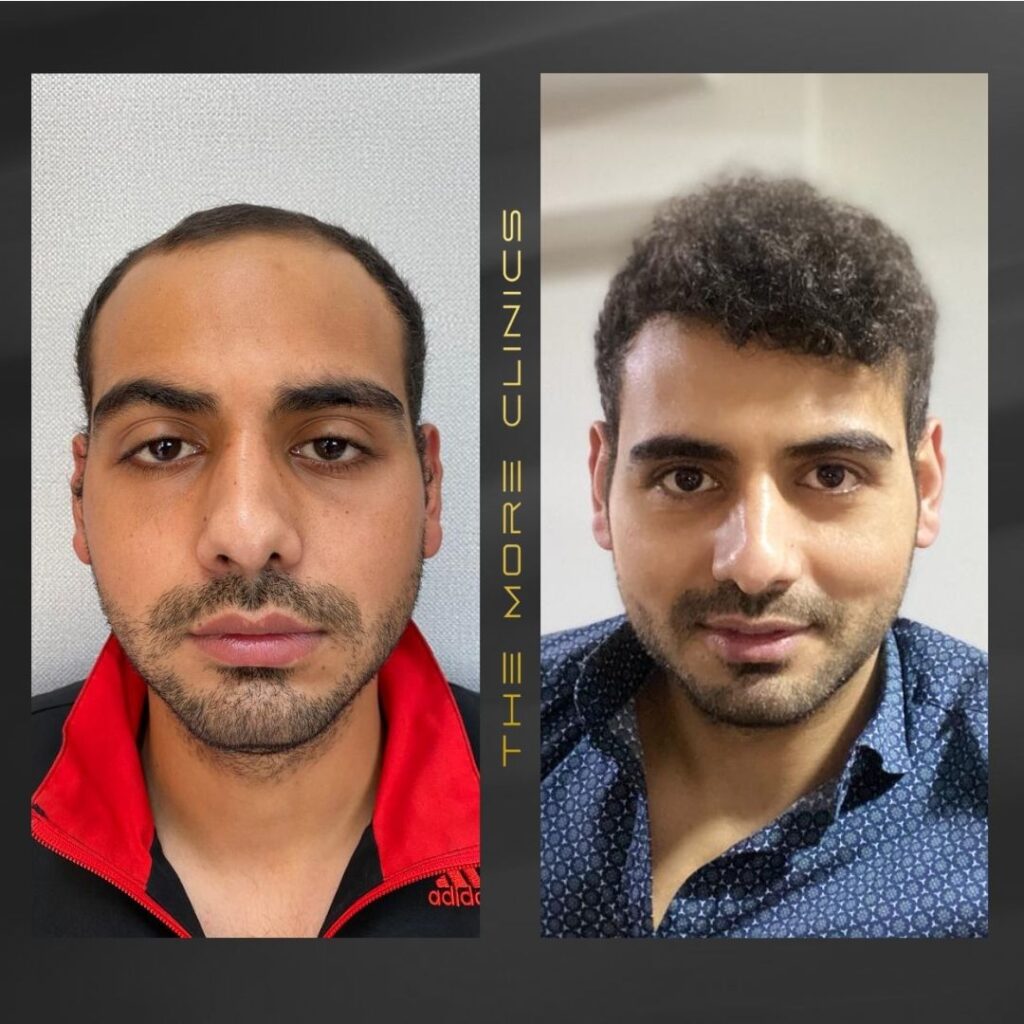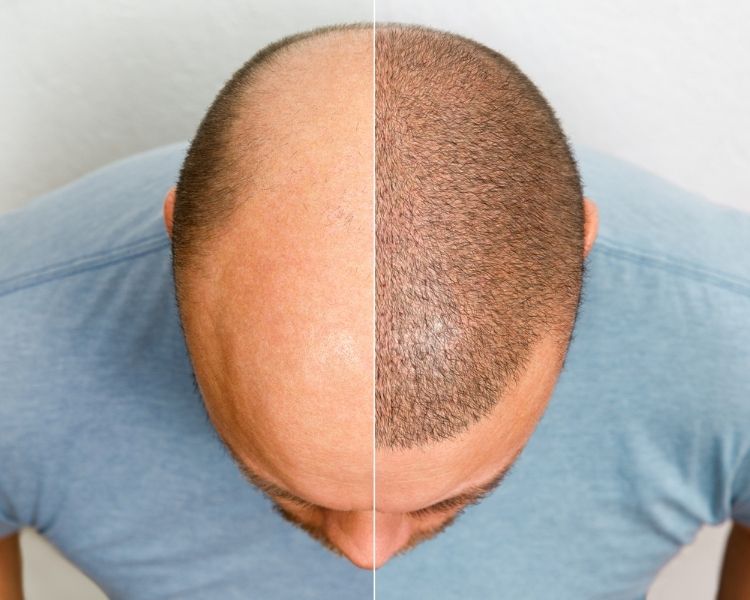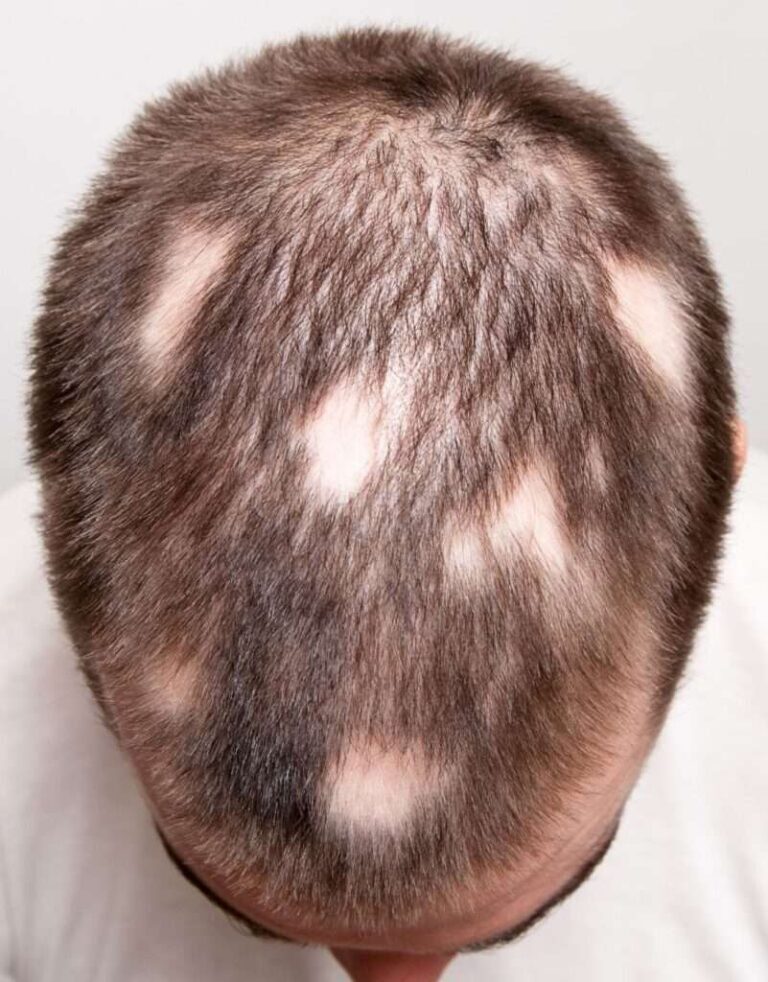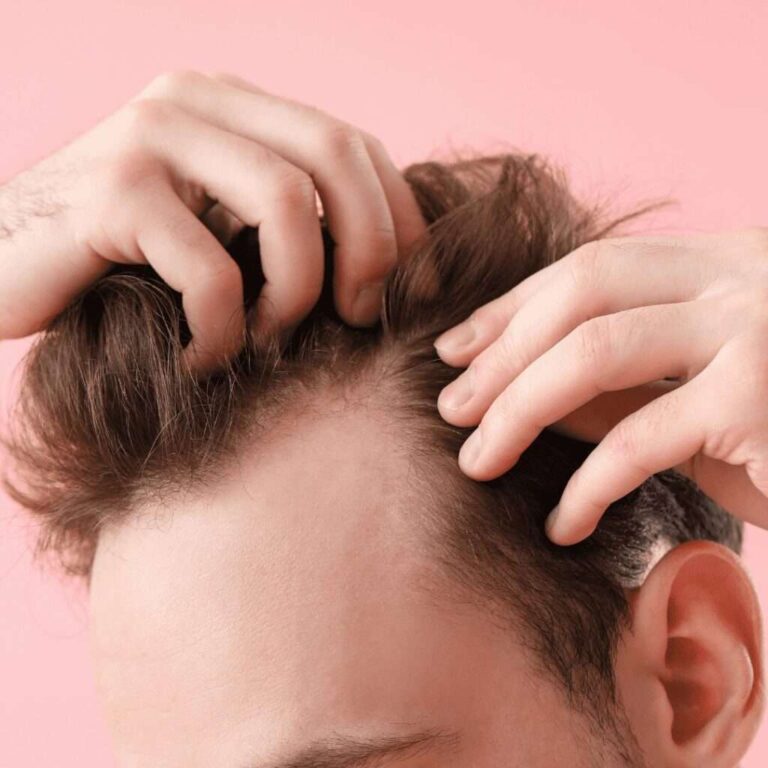Hair Transplantation and Restoration
Hair loss can be a distressing and frustrating experience for many individuals. Whether it’s due to genetics, hormonal changes, or other factors, losing hair can have a significant impact on one’s self-esteem and confidence. While there are numerous treatment options available in the market, hair transplant surgery has emerged as a popular and permanent solution for hair loss.
Hair restoration surgery is an effective way to restore your natural-looking hairline or fill in areas affected by alopecia (hair loss).
Hair transplantation is not exclusive for men; it’s equally effective for women who are struggling with hair loss. With advanced techniques and technologies, surgeons are now able to offer solutions that cater to the unique needs of female patients.
What is a hair transplant?
A hair transplant is a surgical procedure that involves harvesting hair follicles from a donor site and implanting them into areas of the scalp experiencing thinning or baldness. This procedure helps restore natural hair growth and provides a permanent solution to hair loss.
How does a hair transplant work?
It may vary depending on the method chosen, but generally the procedure involves two steps.
First, surgeon will harvest healthy hair follicles from a donor area (typically on the back or sides of the scalp).
Second, these follicles are then transplanted into the recipient areas, where hair growth is desired. The transplantation process ensures that the new hair follicles continue to grow naturally, resulting in fuller and thicker hair.
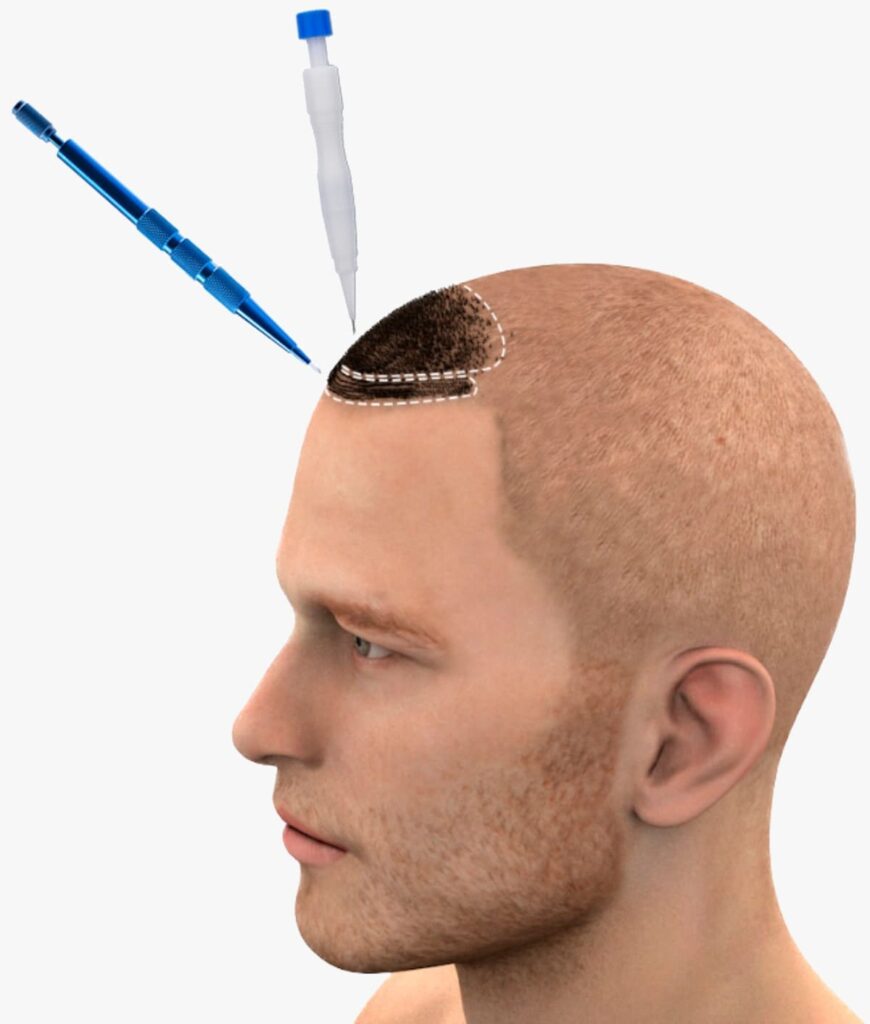
What conditions does hair restoration surgery treat?
Hair restoration surgery is primarily used to treat conditions such as:
- Male pattern baldness (androgenetic alopecia)
- Female pattern hair loss (post partum )
- Alopecia areata: it is a common condition where hair falls out in round patches typically resulting in hair loss on the scalp or other areas of the body.
- Alopecia barbae is a type of hair loss that specifically targets the beard. It typically manifests as sudden bald spots in the beard area, appearing as small circular patches.
- Restoration of eyebrows or other areas where hair loss may have occurred due to injury or disease.
- It can also be beneficial for individuals with thinning hair due to trauma, burns, or previous surgical procedures.
Who is a candidate for hair replacement and who is not?
Not everyone experiencing hair loss is an ideal candidate for hair replacement surgery.
Typically, good candidates for hair transplantation include:
- Individuals with sufficient healthy hair growth at the back and sides of the head to serve as donor areas.
- Individuals who are in good general health, as this aids recovery and minimizes risks.
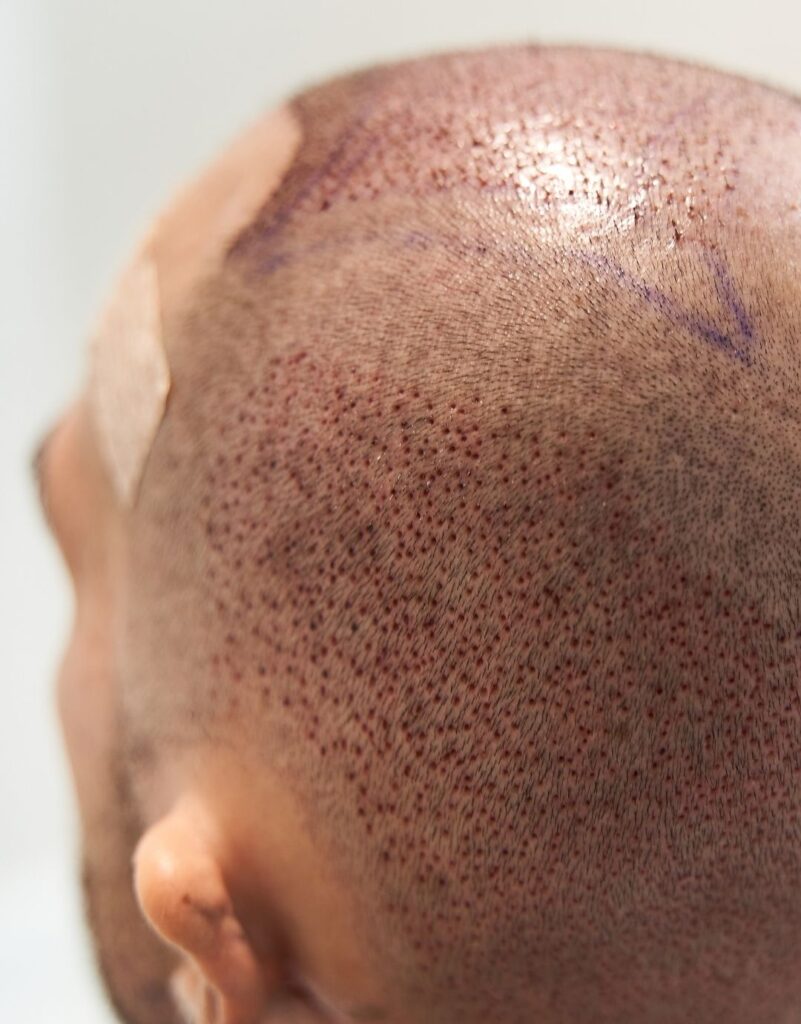
However, certain individuals are not ideal candidates for hair replacement surgery. These include:
- People with widespread thinning and baldness, as they may not have enough hair follicles in the donor area for transplantation.
- Individuals suffering from hair loss due to medication, chemotherapy, or other medical treatments. Hair transplant surgery does not typically benefit these patients as their hair loss is temporary and likely to reverse once the treatment ends.
- Those with hair loss resulting from conditions such as alopecia areata or trichotillomania, where hair loss is likely to recur after the procedure.
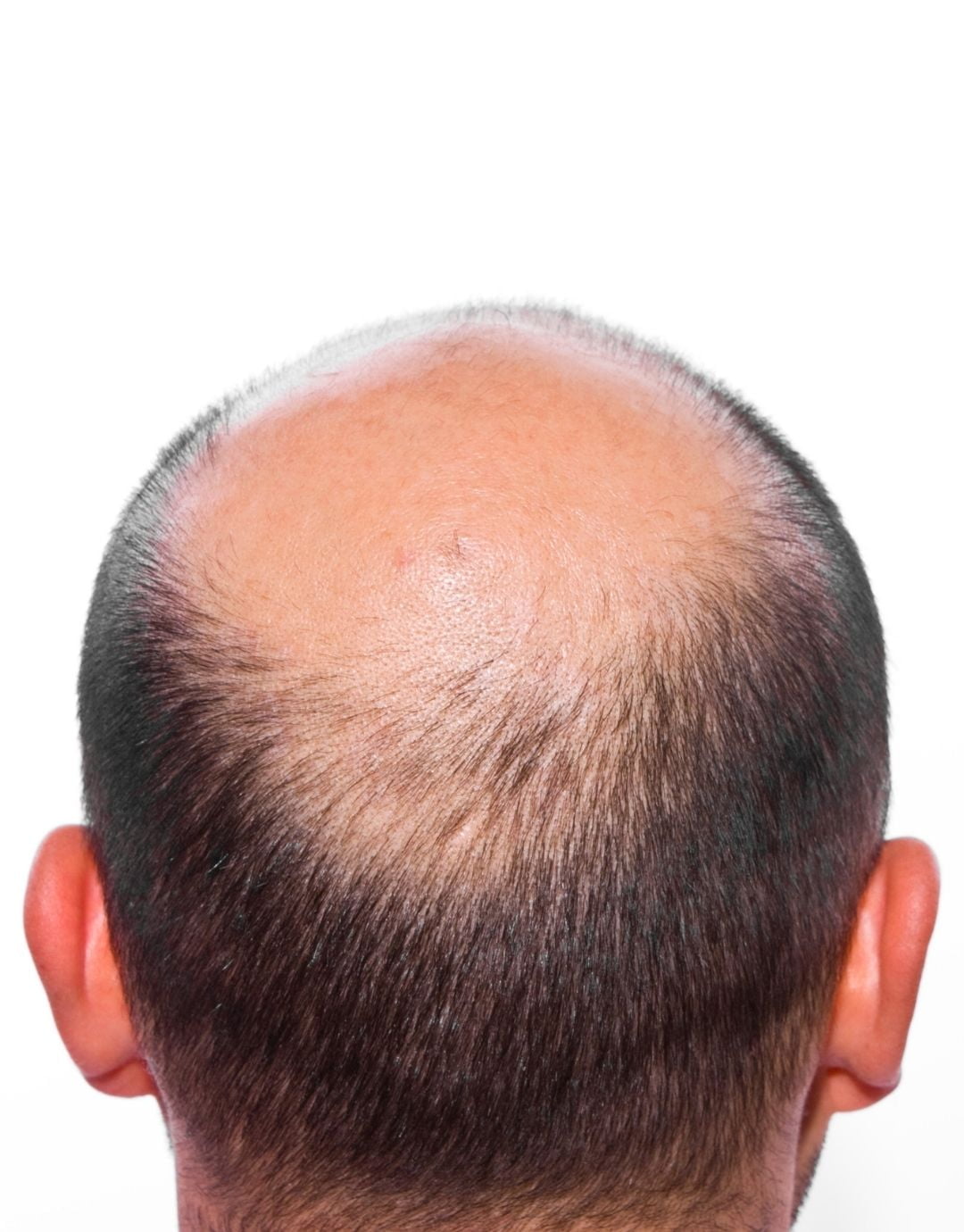
Is hair transplant the right choice for you?
Hair transplant surgery is a highly effective solution for individuals seeking a permanent remedy for hair loss. However, it’s important to consider your expectations, budget, and the potential risks involved. Consulting with a hair transplant specialist can provide you with a comprehensive evaluation and help you make an informed decision.
Procedure Details
What are the different types of hair transplant surgery?
There are several different types of hair transplant surgery, varying from classic methods to more modern approaches. We will prioritize the widely recognized and contemporary options that have been proven effective.
Follicular unit extraction (FUE)
Follicular unit extraction, or FUE, is a modern method of hair transplantation. This procedure involves harvesting individual hair follicles from the donor area and transplanting them into the recipient site. FUE Hair Transplantation time varies according to the surgeon’s experience, speed in harvesting, and patient characteristics. It’s worth noting that FUE is less invasive compared to older methods, resulting in fewer complications and a quicker recovery time.
Dhi Direct Hair Transplantation
DHI Direct Hair Transplantation is a relatively new technique in the hair transplant industry. This method of hair restoration involves removing healthy, viable follicles from the donor area and implanting them directly into the recipient site using a specialized tool called a Choi Implanter Pen. The procedure eliminates the need for traditional “strip surgery” for harvesting grafts and is considered to be a more efficient and less-invasive alternative. DHI Direct Hair Transplantation also provides better control over the direction of growth and density of each hair follicle, resulting in a more natural-looking outcome.
Robotic hair transplant
Robotic hair transplant is a cutting-edge technique that utilizes robotic technology to perform the transplant. The procedure is executed with extreme precision, reducing human error and ensuring optimal follicle placement.
Risks and Benefits
Managing Side Effects of Hair Transplant Surgery
Here are some ways patients can manage these side effects:
- Swelling: Some patients may experience swelling around the forehead and eyes. This usually subsides within a few days. Apply a cold compress to the swollen areas or take prescribed anti-inflammatory medications.
- Pain: Mild to moderate pain or discomfort is common after the surgery. Most people can manage this using over-the-counter painkillers.Always consult your doctor for advice on pain management.
- Itchiness and Scabbing: The recipient area may become itchy due to healing and scab formation. Small scabs may form around the transplanted hair follicles. Apply prescribed ointments or lotions to the scalp. Avoid scratching the area, as this can damage the new hair follicles.
- Temporary hair thinning: Newly transplanted hair often falls out within a few weeks after surgery. Be patient. This is a normal part of the process and your hair should start growing back in a few months.
Remember, it’s always best to talk to your doctor or surgeon if you’re concerned about any side effects after surgery. Related Post: Hair Transplant Side Effects.
What are the benefits of hair restoration surgery?
Hair restoration through transplant surgery offers numerous benefits, including natural-looking results, permanent hair growth, improved self-confidence, and the ability to style your hair as desired. It provides a long-term solution for hair loss and allows individuals to regain a fuller head of hair.
Recovery and Outlook
What is the recovery process after hair transplant surgery?
Following hair transplant surgery, it’s important to follow post-operative care instructions provided by your surgeon. You may experience some mild discomfort and swelling in the first few days, but these symptoms should gradually subside. Most individuals can resume their normal activities within a week, although strenuous physical exercise should be avoided for a few weeks.
(See Our Hair Transplant Recovery Guide.)
How long do the results of a hair transplant last?
The results of a hair transplant are permanent. The newly transplanted hairs will continue to grow and should last for as long as the patient maintains good scalp health.
It’s important to remember that, although most patients will experience significant coverage after surgery, some may require additional grafts in the future due to continued hair loss or thinning.
What other hair loss treatments are available?
In addition to transplantation surgery, there are a number of other treatments for hair restoration. This includes medications such as minoxidil and finasteride (for “The Efficacy and Safety of Finasteride Combined with Topical Minoxidil for Androgenetic Alopecia“), laser therapy, and platelet-rich plasma (PRP).
Related Post: Prp for Hair Loss Guide.
It’s important to note that these treatments may not be suitable for everyone and should be discussed with your doctor before proceeding.
Do hair transplants work?
Yes, hair transplants can be highly effective in restoring hair. The success of the procedure depends on selecting a qualified and experienced surgeon, as well as an individual’s age, genetics, and overall health. Patients should always discuss their expectations with their surgeon to ensure realistic results. “Most people will see 60% of new hair growth after 6 to 9 months.” (Source: https://www.webmd.com/skin-problems-and-treatments/hair-loss/hair-transplants)
Hair Transplant Before and After : Witness the Transformation
Patients who have undergone hair transplant surgery have seen significant transformations. Images showcasing hair transplant before-and-after results from real patients provide evidence of the effectiveness of the procedure.
Last Words from MoreClinics
In conclusion, hair transplant surgeries have shown remarkable results in addressing hair loss issues. Techniques such as Follicular Unit Extraction (FUE), DHI Direct Hair Transplantation, and Robotic Hair Transplants are revolutionizing the industry, offering less invasive methods with quicker recovery times. Despite the potential side effects, most of them can be managed effectively with proper care and medication.
Your Trusted Dental and Health Partner: The More Clinics
At The More Clinics, we are committed to providing exceptional medical and dental care, helping all global patients regain their confidence. With expertise, state-of-the-art technology, and compassionate approach, we are your trusted partner in achieving a complete and natural-looking smile.
Contact us today to schedule a free consultation and discuss the best treatment options for you. Our dental and health professionals are ready to answer all your questions and provide you with the most suitable solution.
GET A FREE CONSULTATION!
Let’s Start Planning Your Treatment %100 Guarantee Results.
FAQs about Hair Transplant
The duration of a hair transplant surgery depends on the number of grafts being transplanted. Typically, it can take anywhere from 4 to 8 hours. An FUE surgery time varies according to the surgeons experience, speed in harvesting and patient characteristics.(Source: https://en.wikipedia.org/wiki/Hair_transplantation)
Most patients experience minimal discomfort during the procedure as local anesthesia is used. If you are nervous about pain, ask your specialist about Sedation Hair Transplant option. Any post-surgical pain or discomfort can usually be managed with prescribed medications.
While rare, hair transplant failure can occur due to reasons like poor post-operative care, infection, or poor health of the donor area. Choosing a highly experienced surgeon can minimize this risk.
New hair growth usually begins to appear three to four months after the procedure, but the full results might not be visible until 12 to 18 months post-surgery.

